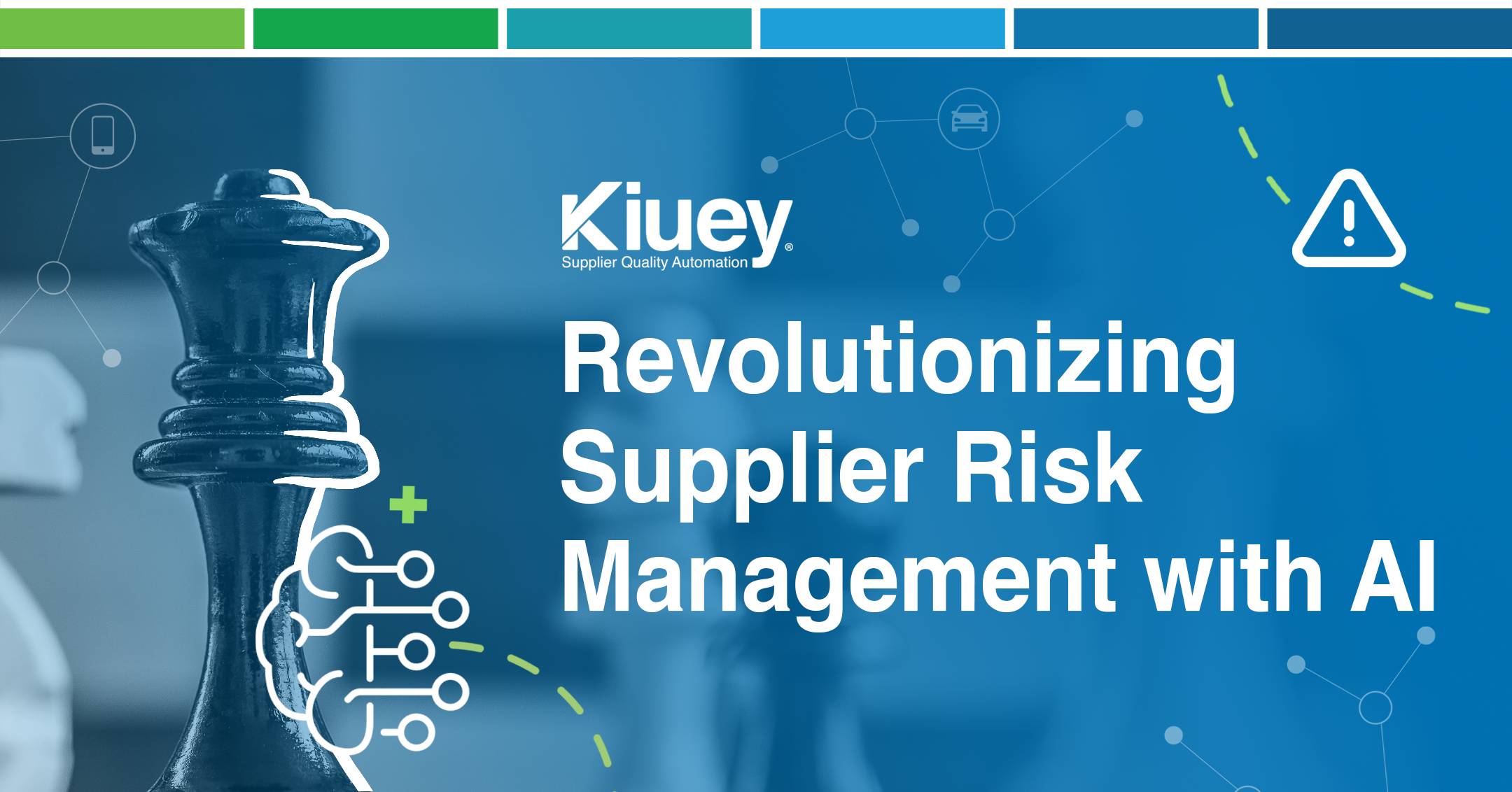Revolutionizing Supplier Risk Management with AI
In today’s complex global supply chains, managing supplier risk is a critical challenge. Traditional methods often rely on manual processes and subjective assessments, which can be time-consuming, error-prone, and ineffective. However, the advent of artificial intelligence (AI) has opened up new possibilities for revolutionizing supplier risk management.
How AI Can Enhance Supplier Risk Assessment
AI can significantly enhance supplier risk assessment by automating data analysis, identifying patterns, and predicting potential risks. Here are some key ways AI can be applied:
- Data-Driven Insights: AI algorithms can analyze vast amounts of data from various sources, including financial reports, news articles, social media, and supplier performance metrics. By identifying trends and correlations, AI can provide valuable insights into potential risks.
- Real-Time Monitoring: AI-powered systems can continuously monitor supplier performance and market conditions. By detecting anomalies or significant changes, organizations can proactively address emerging risks.
- Predictive Analytics: AI can predict future risks by analyzing historical data and identifying patterns. This enables organizations to take preventive measures and mitigate potential disruptions.
- Risk Scoring and Prioritization: AI can assign risk scores to suppliers based on various factors, such as financial stability, quality performance, and geopolitical risks. This helps organizations prioritize their risk mitigation efforts.
Benefits of AI-Powered Supplier Risk Assessment
- Improved Decision-Making: AI-driven insights enable organizations to make informed decisions about supplier selection, qualification, and monitoring.
- Enhanced Risk Mitigation: By proactively identifying and addressing potential risks, organizations can minimize disruptions to their supply chain.
- Reduced Costs: AI can automate many manual tasks, leading to significant cost savings.
- Increased Agility: AI-powered systems can quickly adapt to changing market conditions and emerging risks.
AI enters the scenario
To effectively implement AI in supplier risk management, organizations should consider the following steps:
- Data Quality and Integration: Ensure that data from various sources is accurate, complete, and integrated into a centralized repository.
- AI Model Development: Develop AI models tailored to specific risk factors and organizational needs.
- Continuous Monitoring and Improvement: Regularly monitor the performance of AI models and make necessary adjustments to improve accuracy and effectiveness.
- Collaboration and Stakeholder Engagement: Foster collaboration between procurement, supply chain, and IT teams to ensure successful implementation.
By embracing AI-powered supplier risk assessment, organizations can strengthen their supply chains, mitigate risks, and achieve sustainable growth.





